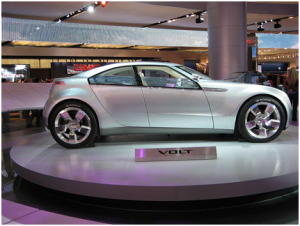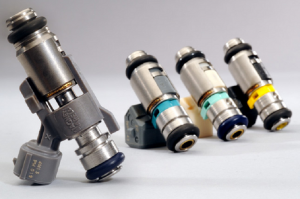It has only been around a decade since the auto trade announced the change from the classic 12-volt car system to 42 volts. Despite the fanfare around the announcement, it seems that the switch-over never really happened.

Image Credit
Seismic Change
Many car experts voiced their concerns at the time, questioning why the industry would opt to make such a seismic and incredibly expensive change, making both systems and accessories obsolete. The main justification was the fact that the 12V system wasn’t sufficient to support new technologies such as power windows, power steering, air conditioning, and heated seats. However, concerns were raised that the changes would lead to the necessity for large bundles of wires for such common accessories which would simply not be practical. Installing automotive wiring looms is one way to solve this particular problem.
Idle Shutoff
The implementation of idle shutoff was another factor. It was predicted that this would replace the flywheel with a generator that ran off 42V. However, this idea has been superseded by the high-voltage starter/generators that come as standard with many hybrids. More information about the fuel economy and its environmental benefits can be in this article by the BBC.
Increasing Costs
In addition, the levels of contact erosion that were found on the 42V were deemed unacceptable. The only way to circumnavigate this would have been to use far more expensive metals or to of tried to use a metal bonding adhesive to repair the parts from companies such as http://www.ct1ltd.com/. An unacceptable option at the time but now these products are used more and more unless automakers upgraded the switches with more expensive yet less durable materials, which would push up costs beyond a reasonable level and would also require a far greater level of service, something automotive wiring firms know all too well.
Innovation
Recent innovations including wire multiplexing have served to lessen both the mass and size of low voltage harnesses and power steering can now, after years of development be powered successfully on the 12V system. In addition, many leading manufacturers have implemented new methods to improve the fuel economy of their cars, without messing with the existing electrical set-up. The latest batch of hybrids on the market incorporate inverters and 250V batteries to power the starter motor. This, along with a range of other new innovations, seems to have made the decision to quietly discard the 42V system a decision which came as music to the ears of many car enthusiasts.






